D(-)PENICILLAMINE HYDROCHLORIDE
- CAS NO.:2219-30-9
- Empirical Formula: C5H12ClNO2S
- Molecular Weight: 185.67
- MDL number: MFCD00136690
- EINECS: 218-727-9
- SAFETY DATA SHEET (SDS)
- Update Date: 2023-05-04 15:15:10

What is D(-)PENICILLAMINE HYDROCHLORIDE?
Originator
Cuprimine,MSD,US,1963
The Uses of D(-)PENICILLAMINE HYDROCHLORIDE
D-Penicillamine Hydrochloride showed protective effect on mitochondrial respiration in the brain. It is used in the treatment of Wilson’s disease and heavy metal poisoning. D-Penicillamine Hydrochloride is the salt form of D-Penicillamine (P223000).
Manufacturing Process
(a) Preparation of mercuric chloride complex of penicillamine: To a solution of 372 g (1 mol) of potassium benzyl-penicillin in 940 ml of distilled water at room temperature is added a solution of 40 g (1 mol) of sodium hydroxide in 180 ml of distilled water over a period of one-half hour. The solution is then stirred for two hours at room temperature. While maintaining room temperature, 67 ml of concentrated hydrochloric acid is added at a slow rate. This solution is then added, over a period of time of one-half hour, to a solution of 271 g (1 mol) of HgCl2 in 3.52 liters of distilled water in the presence of 50 g of Hyflo and 5 ml of octyl alcohol. After one hour of agitation, the resulting mixture is treated with 185 ml of concentrated hydrochloric acid and filtered.
(b) Removal of benzylpenilloaldehyde: To the filtrate obtained in step (a), warmed to 50°C is slowly added 108 g (1 mol) of phenyl hydrazine. The mixture is cooled to room temperature and 84 ml of concentrated hydrochloric acid are added. The mixture is agitated briefly and the precipitated benzylpenilloaldehyde phenyl hydrazone is filtered off.
(c) Preparation of isopropylidene penicillamine hydrochloride: To the filtrate obtained in step (b) is added at 20°C to 25°C a total of 85 g of hydrogen sulfide. The precipitated HgS is filtered off and the filtrate is concentrated under reduced pressure to a volume of 200 to 500 ml. Following a polish filtration, the product-rich concentrate is mixed with 1.5 liters of isobutyl acetate. The mixture is refluxed at about 40°C under reduced pressure in equipment fitted with a water separation device. When no further water separates, the batch is cooled to 30°C and filtered. The reactor is washed with 1 liter of acetone, which is used also to wash the cake. The cake is further washed with 200 ml of acetone. The acetone washes are added to the isobutyl acetate filtrate and the mixture is refluxed for 20 to 30 minutes. After a holding period of one hour at 5°C. the crystals of isopropylidene penicillamine hydrochloride are filtered and washed with 200 ml of acetone. On drying for twelve hours at 25°C this product, containing 1 mol of water, weighs about 178 g (73%).
(d) Preparation of penicillamine hydrochloride: The 178 g of isopropylidene penicillamine hydrochloride obtained in step (c) is dissolved in 350 ml of distilled water. The solution is heated at 90°C to 95°C for one to one and onehalf hours, removing acetone by distillation through an efficient column. There is then added 2.6 liters of isobutyl acetate. The mixture is refluxed at a temperature of about 40°C under reduced pressure in equipment fitted with a water separation device. When no further water separates, the pressure is adjusted so that the mixture distills at a vapor temperature of 83°C to 88°C. A total of 650 ml of distillate is collected. The batch is allowed to cool to 50°C and then filtered. The crystals are washed with isobutyl acetate and then dried at 35°C for 24 hours. The virtually anhydrous penicillamine hydrochloride obtained weighs about 128 g (69% from potassium benzyl-penicillin).
Therapeutic Function
Antiarthritic
Safety Profile
A poison by intraperitoneal route. Moderately toxic by ingestion and intravenous routes. Human systemic effects by ingestion: dermatitis. When heated to decomposition it emits very toxic fumes of NOx, SOx, and HCl.
Properties of D(-)PENICILLAMINE HYDROCHLORIDE
| Melting point: | 177.5 °C (decomp) |
| alpha | D25 -63° (1N NaOH) |
| storage temp. | 2-8°C |
| solubility | Aqueous Base (Slightly, Heated, Sonicated), Methanol (Slightly, Heated) |
| form | A solid |
| color | White to Off-White |
Safety information for D(-)PENICILLAMINE HYDROCHLORIDE
Computed Descriptors for D(-)PENICILLAMINE HYDROCHLORIDE
New Products
(S)-3-Aminobutanenitrile hydrochloride 4-Methylphenylacetic acid N-Boc-D-alaninol N-BOC-D/L-ALANINOL Tert-butyl bis(2-chloroethyl)carbamate 3-Morpholino-1-(4-nitrophenyl)-5,6-dihydropyridin- 2(1H)-one Furan-2,5-Dicarboxylic Acid Tropic acid 1-Bromo-3,5-Di-Tert-Butylbenzene S-2-CHLORO PROPIONIC ACID ETHYL ISOCYANOACETATE 2-Bromo-1,3-Bis(Dimethylamino)Trimethinium Hexafluorophosphate 4-IODO BENZOIC ACID 3-NITRO-2-METHYL ANILINE 1-(2,4-DICHLOROPHENYL) ETHANAMINE (2-Hydroxyphenyl)acetonitrile 4-Bromopyrazole 2-(Cyanocyclohexyl)acetic acid 4-methoxy-3,5-dinitropyridine 1-(4-(aminomethyl)benzyl)urea hydrochloride 2-aminopropyl benzoate hydrochloride diethyl 2-(2-((tertbutoxycarbonyl)amino) ethyl)malonate tert-butyl 4- (ureidomethyl)benzylcarbamate Ethyl-2-chloro((4-methoxyphenyl)hydrazono)acetateRelated products of tetrahydrofuran

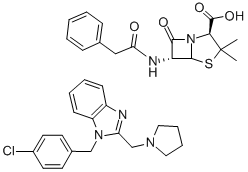
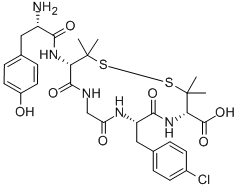
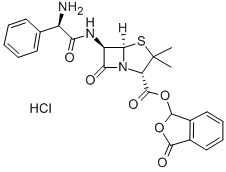
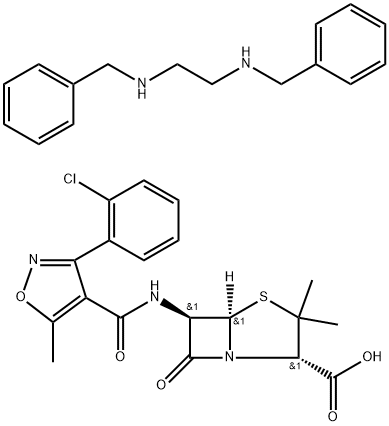
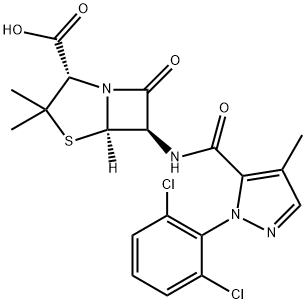
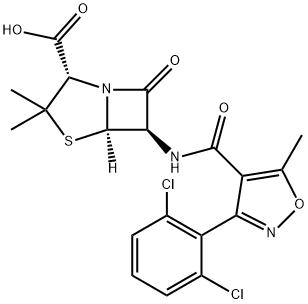

You may like
-
 2033-24-1 98%View Details
2033-24-1 98%View Details
2033-24-1 -
 42831-50-5 5-METHYLISOXAZOLE-4-CARBOXYLIC ACID 98%View Details
42831-50-5 5-METHYLISOXAZOLE-4-CARBOXYLIC ACID 98%View Details
42831-50-5 -
 1975-50-4 98%View Details
1975-50-4 98%View Details
1975-50-4 -
 2-HYDROXY BENZYL ALCOHOL 98%View Details
2-HYDROXY BENZYL ALCOHOL 98%View Details
90-01-7 -
 2-Chloro-1,3-Bis(Dimethylamino)Trimethinium Hexafluorophosphate 221615-75-4 98%View Details
2-Chloro-1,3-Bis(Dimethylamino)Trimethinium Hexafluorophosphate 221615-75-4 98%View Details
221615-75-4 -
 61397-56-6 CIS BROMO BENZOATE 98%View Details
61397-56-6 CIS BROMO BENZOATE 98%View Details
61397-56-6 -
 14714-50-2 (2-Hydroxyphenyl)acetonitrile 98+View Details
14714-50-2 (2-Hydroxyphenyl)acetonitrile 98+View Details
14714-50-2 -
 118753-70-1 98+View Details
118753-70-1 98+View Details
118753-70-1